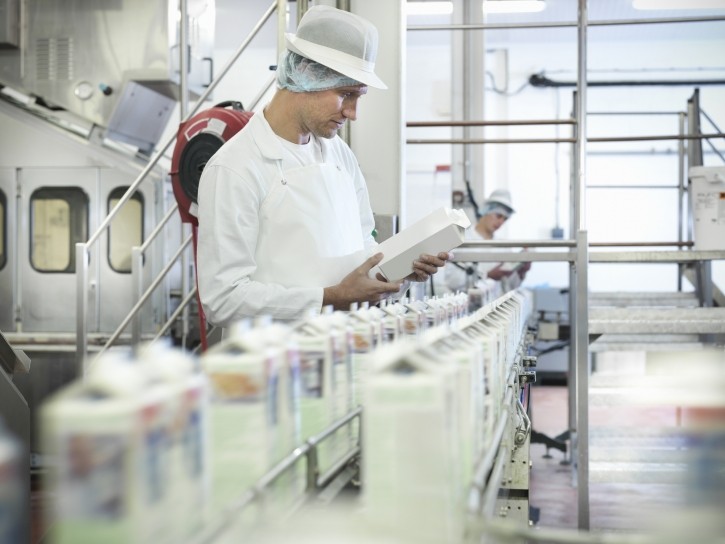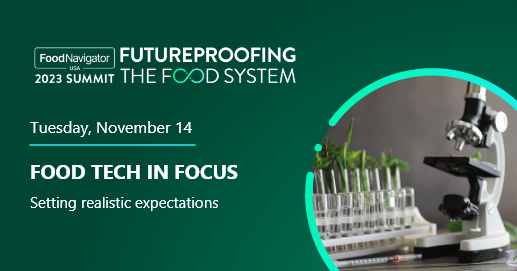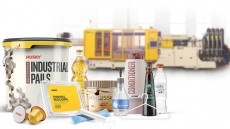Scentian Bio synthesizes insect biosensors to improve quality control processes for food and beverage

The biosensor includes a series of synthesized insect olfactory receptors. The receptors bind with different chemicals which then emits an electrical current creating a digital fingerprint of the specific smell and is then compared to other existing compositions in Scentian Bio’s evolving database.
Compared to an e-nose, which is designed from a “human centric approach…and tends to focus on a few chemical classes and struggles to be as sensitive as required,” the company refers to 400 million years of insects’ olfactory evolution to potentially improve quality control for healthier formulations, Good said.
“What we’ve been working on in our pilot is making sure that we are delivering to higher and higher customer and consumer expectations for quality control and that key food ingredients and products are tasting and smelling as good as expected,” he elaborated.
“At the moment food producers are relying on human sensory and [gas chromatography-mass spectrometry] to try and provide approximations for that. What we can do is create a digital reference for the smell and taste of a product and then we can quality control against that, and without any of the large capital spend that’s [typically] involved…in a much more flexible way that’s part of the operations and supply chain,” he continued.
Good shared an example on how the bioreceptors work for essential oil quality control which require consistent and high standards similar to the food and beverage industry. The receptors first digitize the reference standards and different product quality levels and then compare to other samples in order to see where the oils fall within each quality level, including adulteration detection.
“The receptors are tuned to all of the different chemicals, and they can [identify] at an incredibly low concentration level of adulterant residues or other things that shouldn’t be there.”
The device, a handheld scanner, is designed to be used along the supply chain by food companies where users can manage and control it themselves.
[Editor's note: Want to learn more about how cutting edge technology is improving the safety, quality and sustainability of the food system? Join FoodNavigtor-USA next month for our free-to-attend, virtual Summit: Futureproofing The Food System, which will take a realistic look at food tech's potential on day one of three.]
A potentially more efficient alternative to GC-MS
While both Scentian Bio’s receptors and advanced GC-MS devices can measure materials down to parts per quadrillion, the difference between the two lies in timeliness, consistency and cost.
GC-MS, Good explained, may offer similar results but it takes roughly 30 minutes to run a sample and an additional 60 to 90 minutes to analyze it; whereas Scentian Bio’s receptors and taste and smell database can “provide an answer in a couple of minutes—so that’s transformative in operations where people are working with perishable products and making fast decisions.”
The bioreceptors do not have to undergo recalibration and reconfiguration required for GC-MS, allowing for a “consistent, digital reference,” Good added.
Good said, customers are able to use Bio Scentian’s technology as needed, reducing cost and allowing for flexibility. “It’s a totally different model. It’s much cheaper so you don’t have to invest a huge amount of capital because you buy and use as you need…If you want to do a little more testing, you can without having to invest in another machine and a highly skilled technical staff to run it.”
Target to accelerate commercial sales by end of 2024
The company recently raised $2.1 million for its seed round to help grow the team and accelerate commercialization with the target of having its first commercial sales of the quality control product by the end of 2024, Good said.
“We are excited to be able to play a big role in the food system. I think the opportunity to go from quality control to something that can be used throughout the supply chain, [like] looking at volatiles from…what’s being picked in an orchard all the way to consumer checks on quality…and protect people potentially from food pathogens as well," he said.
























